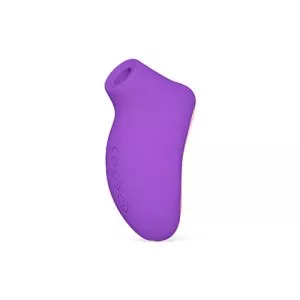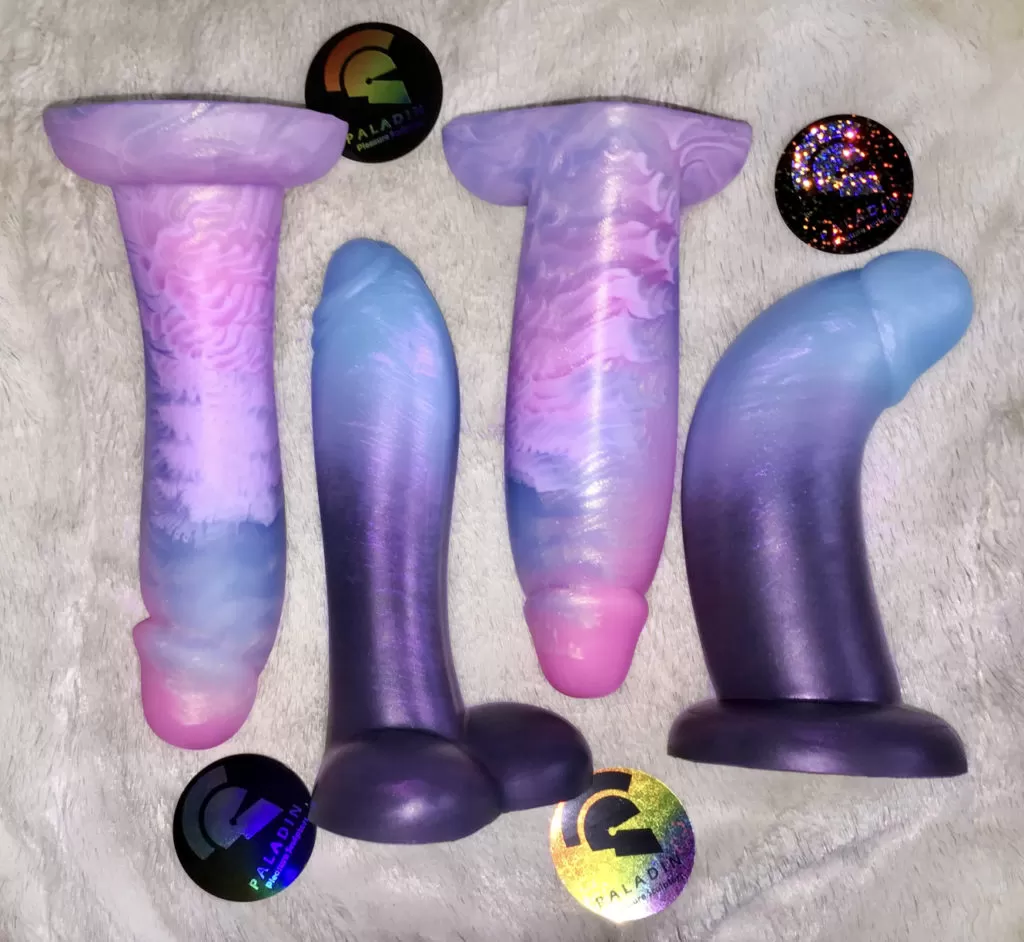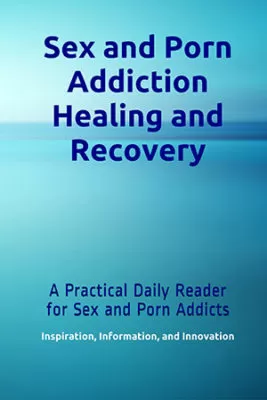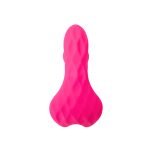For women, menopause is just a part of life, but the end of your reproductive years certainly doesn’t mean the end of your sex life.
Lots of things are changing during this new season of your life, but many things will stay the same. Luckily, the conversation on sex after menopause is gaining some momentum, but there’s one niche topic that rarely gets addressed – squirting after menopause.
Can someone still squirt after menopause? How else can menopause affect your sex life? Is squirting even real in the first place?
Squirting is Real
Before we even talk about squirting after menopause, we have to address the the myth that squirting is fake. While is may be manufactured in some porn, the concept of squirting is absolutely real and can feel amazing.
Two different types of fluid can be released during female arousal; squirt and female ejaculate.
Female ejaculate is a milky-white thickish fluid that’s similar in composition to male semen. This substance comes from the Skene’s glands, which are often called the “female prostate”. About one milliliter of fluid is typically expelled during ejaculation.
Squirting, on the other hand, is a combination of creatine, uric acid, and yes – urine. People can squirt a little or A LOT, but the average amount is about 150 milliliters.
While squirt does come from the bladder and is chemically very similar to pee, people who squirt, or “squirters”, if you will, will tell you that it certainly doesn’t feel like pee. Instead, it feels more like a release that can happen before or during orgasm.
Can You Squirt After Menopause?
That brings us back to our topic at hand – can you squirt after menopause? Short answer, yes.
Menopause typically occurs in someone’s late 40s or early 50s, unless they’ve had medical treatments that have caused them to start earlier. While a lot of things change during menopause, there’s no real reason why someone who has historically squirted would all of a sudden stop doing so during menopause.
This is all based on theory and personal anecdotes because there is a lack of research on squirting after menopause.
Could squirting after menopause just be urinary incontinence?
Urinary incontinence becomes more common with age, especially if you’ve had children. This means that people are more prone to coital incontinence, or leaking during sex. People experiencing this may have other bladder or urinary issues, and squirting doesn’t necessarily mean you’re experiencing incontinence.
Whether you’re squirting, experiencing urinary incontinence, or none of the above, it’s all ok. There’s no shame in your body expressing pleasure in the way that it does. Squirting and urinary incontinence are natural phenomena, as is not being able to squirt.
Vaginal Changes During Menopause
Even if you continue to squirt after menopause, it’s normal to experience other vaginal changes or changes to your sex life.
Perimenopause (the time leading up to menopause) and menopause are caused by a natural change in hormones as you age, or due to medication in some cases. This change in hormones can increase vaginal dryness and cause the tissues of the vagina to lose elasticity and strength.
These vaginal changes can cause pain or discomfort during penetration. Reduced blood flow in the clitoris and vagina can also make it more difficult to feel aroused.
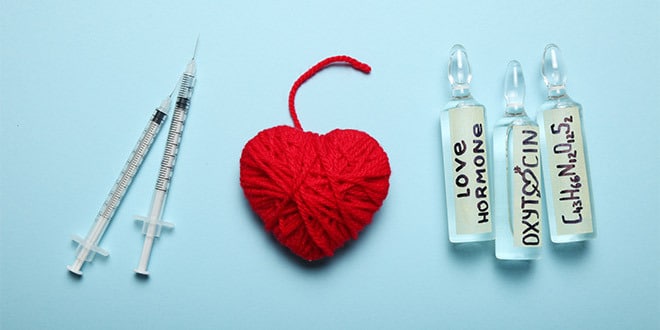
All these changes could potentially affect someone’s ability to orgasm and squirt, but it really depends on the individual. Many people try hormone replacement therapy or pelvic floor exercises to help balance their body after menopause.
Just because your body and your sex life are changing, doesn’t mean you can’t have incredible sex after menopause. You just have to be able to adapt, and, who knows, maybe you’ll start to have the best sex of your life.
Can You Learn to Squirt After Menopause?
Is it possible to learn to squirt after menopause? Probably, and there’s no harm in trying!
Some women can squirt from G-spot stimulation, while others respond to clitoral or combination play. Different strokes for different folks, quite literally. You can check out this step-by-step guide for learning to squirt.
A great way to connect with your body and possibly even start to squirt is by using a sex toy. A clitoral massager like the SILA Cruise is a great place to start, or try the GIGI 2 for targeted G-spot sensations. You may even want to try a rabbit vibrator like the SORAYA Wave that stimulates both the clitoris and the G-spot at the same time.
Toys are a great option whether you’re having sex with yourself or with a partner. If you want to try your hand at squirting, it may be helpful to try it by yourself at first so you don’t get performance anxiety.
Hot tip – don’t forget the lube! Lube is essential at any age but can be even more helpful after menopause when vaginal wetness often declines. We recommend a water-based lube that is body-safe and safe to use with your toys.
Whether you’re a squirting pro or are in your post-menopausal sexual renaissance, squirting can get messy. Be sure to lay down a towel (or two, or three), or use a “squirting blanket”. Yes, they exist. If you want to make clean-up even easier, then you may want to take this party to the shower or bath. Enjoy!


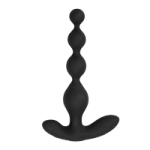 Anal Beads
Anal Beads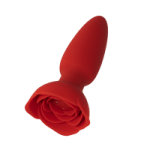 Anal Vibrators
Anal Vibrators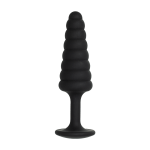 Butt Plugs
Butt Plugs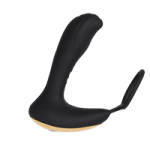 Prostate Massagers
Prostate Massagers
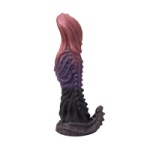 Alien Dildos
Alien Dildos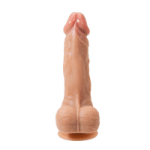 Realistic Dildos
Realistic Dildos
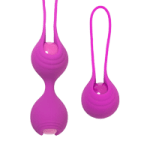 Kegel Exercisers & Balls
Kegel Exercisers & Balls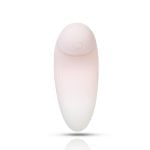 Classic Vibrating Eggs
Classic Vibrating Eggs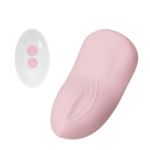 Remote Vibrating Eggs
Remote Vibrating Eggs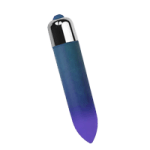 Vibrating Bullets
Vibrating Bullets
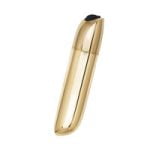 Bullet Vibrators
Bullet Vibrators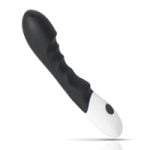 Classic Vibrators
Classic Vibrators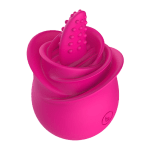 Clitoral Vibrators
Clitoral Vibrators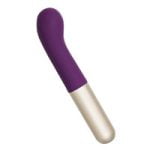 G-Spot Vibrators
G-Spot Vibrators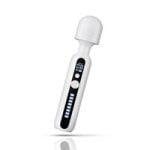 Massage Wand Vibrators
Massage Wand Vibrators Rabbit Vibrators
Rabbit Vibrators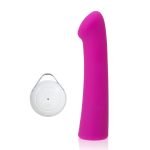 Remote Vibrators
Remote Vibrators
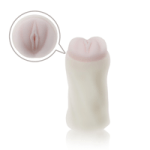 Pocket Stroker & Pussy Masturbators
Pocket Stroker & Pussy Masturbators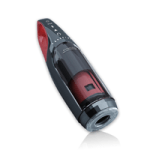 Vibrating Masturbators
Vibrating Masturbators
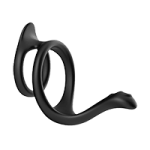 Cock Rings
Cock Rings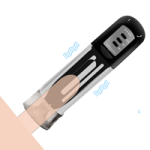 Penis Pumps
Penis Pumps
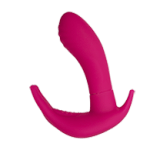 Wearable Vibrators
Wearable Vibrators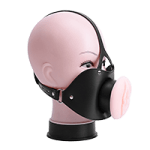 Blindfolds, Masks & Gags
Blindfolds, Masks & Gags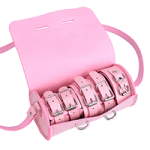 Bondage Kits
Bondage Kits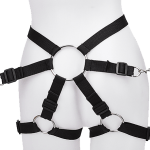 Bondage Wear & Fetish Clothing
Bondage Wear & Fetish Clothing Restraints & Handcuffs
Restraints & Handcuffs Sex Swings
Sex Swings Ticklers, Paddles & Whips
Ticklers, Paddles & Whips







